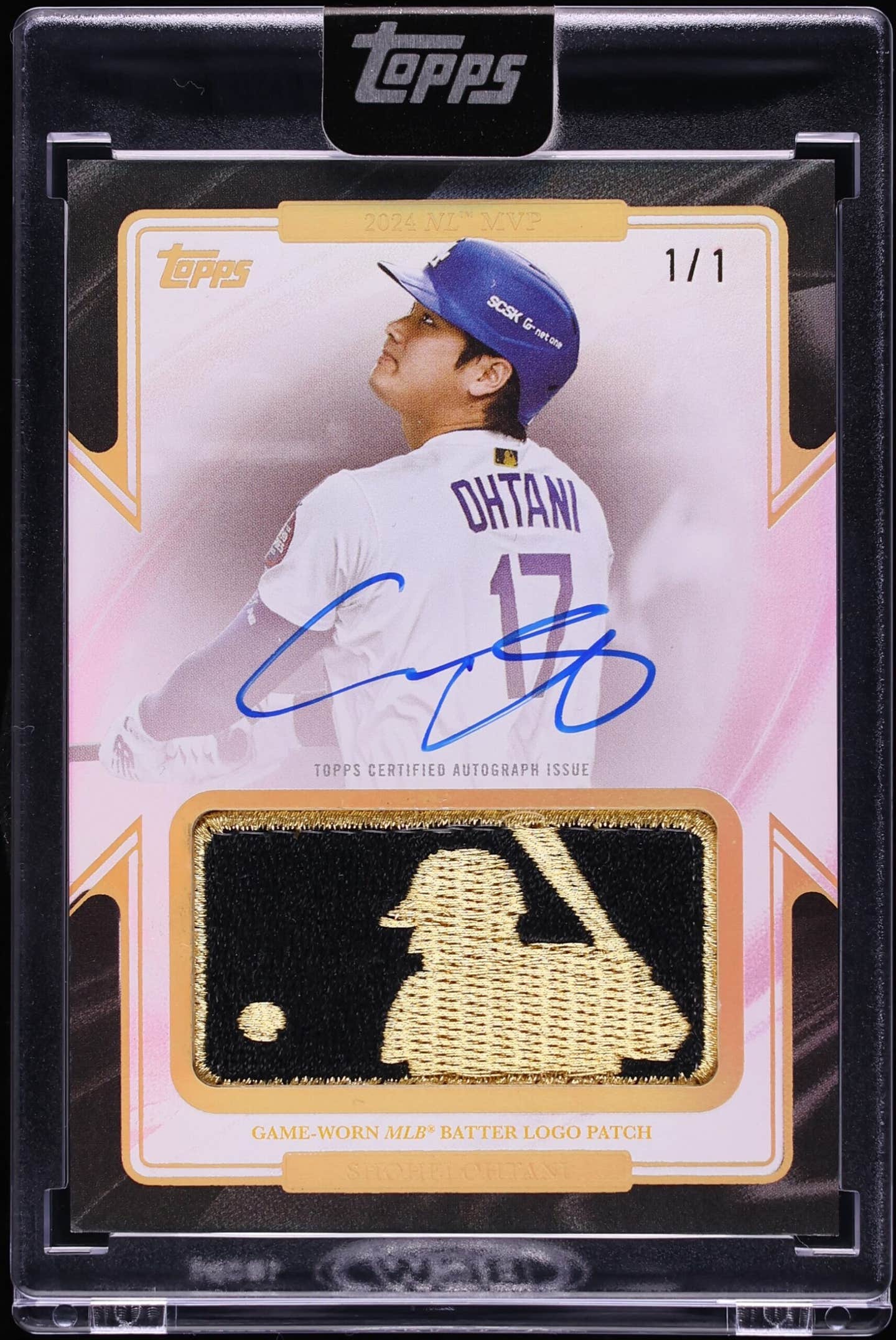Willie Mays
MLB All-Star game history and cards have teamed up on occasion
By Doug Koztoski
It’s that time of year again for big league baseball fans, when discussion about who should be on this year’s All-Star rosters can rev up quicker than Bryce Harper’s bat speed on a Justin Verlander fastball.`
This year’s Midsummer Classic takes place in Washington, D.C., so Harper, the Nationals’ outfielder and slugger, is getting lots of support from his fan base. Perhaps Harper, or any other player who earns a roster spot, will make their mark in All-Star Game history, if the conditions are right.
The MLB All-Star Game started in 1933 and became a staple virtually every year since (there was no game in 1945 due to World War II travel restrictions). Representation of All-Star Game highlights on vintage cardboard, however, was relatively rare.
That said, it seemed like the perfect time to look at some All-Star Game related pasteboards from decades past.
In the 1934 contest New York Giants pitcher Carl Hubbell got off to a rough start, allowing the game’s first two batters to reach base via a single and a walk. Then, Midsummer Classic game history took place: the lefthander struck out Babe Ruth, Lou Gehrig, and Jimmie Foxx to reroute the frame—and then treated Al Simmons and Joe Cronin the same way to begin the next inning. In the 1948 Swell brand set known as Sport Thrills, Hubbell’s historic strikeout feat gets the spotlight on card No. 8.
Later in the 20-piece black-and-white issue, Ted Williams’ 1941 walk-off 3-run clout from the 1941 game gets its due (No. 16) and “Teddy Ballgame” shares the photo, as he approaches crossing home plate, with a few people, including Joe DiMaggio.
The 1948 Swell Sport Thrill cards are out there, but in relatively small numbers. Expect to pay a couple hundred dollars for the Williams/DiMaggio card in PSA 5, around a third of that for the Hubbell in comparable shape.
Both the Hubbell and Williams Midsummer moments are also highlighted in the 1960 and 1961 Nu-Card baseball offerings, with the ’61 issue in particular being easier to find.
Topps did have some All-Star subsets in several of their baseball issues from 1959 to 1970, but in those cases it was more a reflection of the starting lineups of the previous year’s All-Star squads. One thing Topps did do on occasion was show players from the same or the two different leagues on the same card in what appears to be some sort of All-Star Game photo op.
One strong example of that approach came in the 1962 Topps issue with Mickey Mantle and Willie Mays on the 18th card in the set, aptly titled “Managers’ Dream.” In the background of those famous centerfielders one can see what looks like Hank Aaron. And is that Ernie Banks there, too? Recent sales of that card in PSA 6 have gone for $65-$105, but they usually sell in that grade near the middle of that range.
In the 1964 Topps set Chicago White Sox infielder Nellie Fox and Minnesota Twins slugger Harmon Killebrew share a pasteboard named “All-Star Vets” (No. 81), it includes a solid synopsis of the diamond kings’ best stats in these exhibition contest appearances.
In the 1968 Topps issue two cards seem clearly from the All-Star photo op variety, including the return of “Manager’s Dream,” but this time featuring Tony Oliva, Chico Cardenas and Roberto Clemente (No. 480) and “Super Stars” with Killebrew, Mays and Mantle (No. 490). The Clemente card gets good attention, but nothing compared to the trio of sluggers on the other card.
But when it comes to Midsummer Classic history, the set to focus on comes from a much more offbeat variety: the 1974 Laughlin All-Star Games issue.
With pen and ink renderings by R.G. Laughlin, the set immediately received Gary Brent’s vote as a grade schooler in 1974.
“I would buy packs at the local 7-Eleven and I loved these cards from the start,” Brent said. “The artwork is very appealing, the blue background with the cartoon images is cool.”
Brent owns several of the highest graded collections of the ’74 issue on the PSA Set Registry and his top picks in the 40-card offering came right to mind.
“My favorite is No. 66, Brooks Robinson. He was my childhood hero and I believe he was one of the first cards I purchased, from there I was hooked,” Brent recalled.
His next favorite was a recent memory when the set debuted, No. 71 Reggie Jackson.
“It depicted the homer he hit that landed on the roof of Tiger Stadium (in 1971), one of my first childhood memories of watching baseball.”
Rounding out his top choices in the issue, numbered by the last two digits from the year the highlight took place in, is set-starter, Babe Ruth, No. 33, who hit the first All-Star Game home run in the inaugural contest.
“Not many first cards from the set can be found in high grade,” Brent noted.
Hubbell’s 1934 string of strikeouts gets its due in the Laughlin collection, of course, and it actually appears twice; one version has his uniform number as No. 11, another with No. 14. Both can normally be found in raw solid shape for under $10.
Collector Ilia Diterichs said the Ruth and Hubbell cards were particularly hard to find, as were the Yastrzemski and (Bobby) Bonds cards since “most were cut from sheets and are off-center.” Diterichs added that “one in 20 cards is centered” so one might have to hunt more than usual for a nice example from the issue.
One odd note about this set, the 1941 game highlight does not show Ted Williams’ walk-off home run. Instead, it focuses on Arky Vaughan hitting a pair of homers. Williams did make this All-Star lineup, however, for his 1946 exploits, which included him blasting a home run against Rip Sewell’s famous blooper or “Eephus Pitch,” the only time Sewell’s unusual pitch ended up a homer.
Like Sewell’s famed loopy toss, the 1974 Laughlin All-Star set is more miss than hit with many collectors, but for some that is just fine.
“For me, this set takes me back to 1974 and my childhood,” Brent said. “Whenever I break out the cards from the set I remember the thrill of walking out of the convenience store with these cool blue cards.”
An All-Star memory, any way you pitch it.
Doug Koztoski is a longtime contributor to Sports Collectors Digest. He can be reached at dkoz3000@gmail.com.








